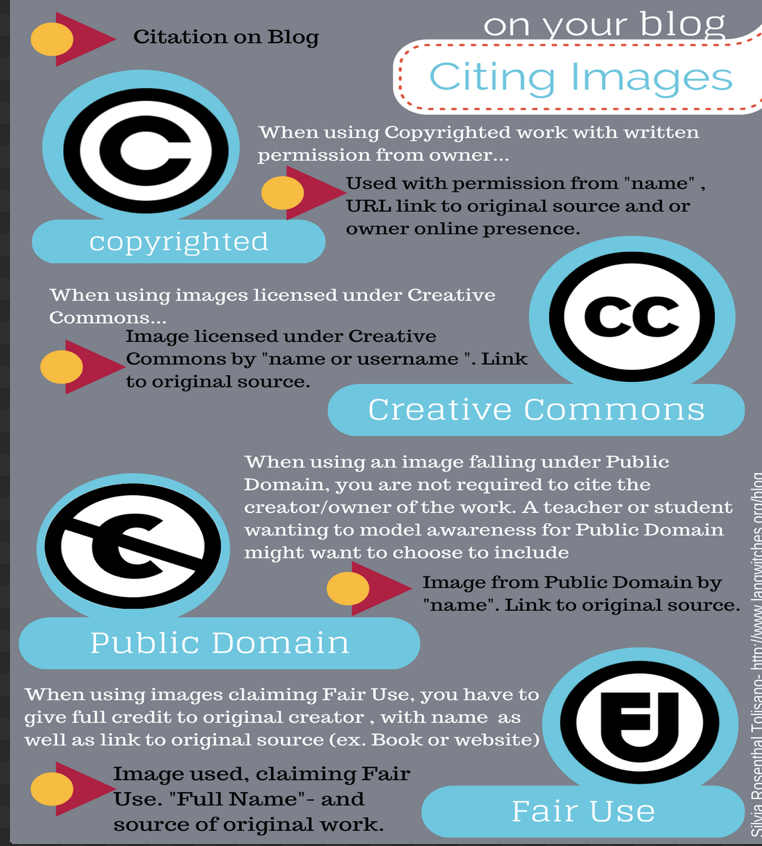Using images from Shutterstock can really enhance your academic papers by adding visual interest and supporting your arguments. However, it’s crucial to give proper credit to the original creators and follow citation guidelines. Proper citation not only respects intellectual property rights but also boosts the credibility of your work. If you’re unsure how to cite Shutterstock photos correctly, don’t worry — this guide will walk you through the essentials so you can confidently include images in your academic writing while adhering to proper citation standards.
Understanding Copyright and Usage Rights for Shutterstock Photos
Before you use any Shutterstock image, it’s important to understand the basics of copyright and the specific usage rights associated with these photos. Shutterstock offers images under various licenses, primarily Standard and Enhanced licenses, each with different permissions and restrictions.
Copyright Fundamentals: Every image on Shutterstock is protected by copyright law, meaning the creator holds exclusive rights to how the image is used. When you purchase a license, you’re granted certain rights, but the copyright remains with the creator or Shutterstock.
Standard License: Most stock images are available under a Standard license, which allows for use in digital and print media, including presentations, websites, and reports. However, there are some restrictions:
- Maximum of 500,000 copies or views
- No use in merchandise or products for resale
- Cannot be used in templates for resale
Enhanced License: If your project demands broader usage rights—such as for merchandise, large-scale advertising, or products for resale—you’ll need an Enhanced license. This license provides:
- Unlimited copies and views
- Use in merchandise and products for resale
- Usage in templates or customizable products for resale
It’s essential to select the appropriate license based on your intended use. Always keep track of your license details and any restrictions, so you can cite the image correctly and avoid copyright infringement.
In summary, understanding the licensing terms and respecting copyright laws are vital steps before incorporating Shutterstock images into your academic work. Proper citation not only credits the creator but also aligns with ethical research and writing practices.
Step-by-Step Guide to Citing Shutterstock Photos Correctly
Using images from Shutterstock can really enhance your academic papers, but it’s super important to cite them properly. Proper citation not only gives credit where it’s due but also keeps you out of trouble with copyright issues. So, let’s walk through a simple, step-by-step process to help you cite Shutterstock photos correctly every time.
Step 1: Gather Necessary Information
Before you start writing your citation, make sure you have all the essential details about the image. This typically includes:
- Photographer or creator’s name
- Title or description of the image
- Source (Shutterstock)
- License type (e.g., royalty-free, rights-managed)
- Date of publication or licensing
- URL or DOI if available
If some details aren’t directly available on Shutterstock, try to gather as much as possible from your download or licensing confirmation email, or the image’s page.
Step 2: Determine the Citation Style
Different academic disciplines use different citation styles—like APA, MLA, Chicago, or Harvard. Know which style your paper requires before you start. Each style has its own format for citing images, so refer to your style guide or trusted online resources to find the exact rules.
Step 3: Format the Citation
Using the information you’ve gathered, format your citation according to the chosen style. Here’s a quick checklist:
- Start with the creator’s name (last name, first name)
- Include the title or description of the image in italics or quotation marks, as style dictates
- Mention the source (Shutterstock) and license type if required
- Add publication or licensing date
- Include URL or DOI if needed
Make sure to follow punctuation and order rules precisely. For example, APA style generally prefers the creator’s name first, while MLA might start with the image title.
Step 4: Insert the Citation in Your Paper
Depending on your style, citations might go in the caption of the image, in the reference list, or as a footnote. Ensure you place the citation where it’s most appropriate and consistent with your style guide.
Step 5: Double-Check for Accuracy
Finally, review your citation to ensure all details are correct and formatted properly. It’s a good idea to compare your citation with examples from official style guides or reputable online resources.
And that’s it! Following these steps makes citing Shutterstock images straightforward and keeps your academic work credible and respectful of copyright.
Examples of Proper Shutterstock Photo Citations in Different Citation Styles
Now, let’s look at some concrete examples of how to cite a Shutterstock photo properly in various styles. Assume the following details for our example:
- Photographer: Jane Doe
- Title: “Sunset over Mountains”
- Shutterstock source
- License: Royalty-Free
- Date of publication: March 15, 2023
- URL: https://www.shutterstock.com/image-photo/sunset-over-mountains-123456789
APA Style
In APA, the citation typically appears in the reference list like this:
Doe, J. (2023). Sunset over mountains [Royalty-Free Shutterstock image]. Retrieved from https://www.shutterstock.com/image-photo/sunset-over-mountains-123456789
Note: The title is italicized, and the license type is included in brackets.
MLA Style
In MLA, the citation is formatted as follows:
Doe, Jane. "Sunset over Mountains." Shutterstock, Royalty-Free, 15 Mar. 2023, https://www.shutterstock.com/image-photo/sunset-over-mountains-123456789.
Here, the creator’s name is first, the title in quotation marks, followed by the source, license type, date, and URL.
Chicago Style
In Chicago style, the citation might look like this:
Doe, Jane. "Sunset over Mountains." Shutterstock, March 15, 2023. https://www.shutterstock.com/image-photo/sunset-over-mountains-123456789.
Chicago often uses a note and bibliography system, so this can be adapted for footnotes or reference lists accordingly.
Harvard Style
In Harvard style, you could format it like this:
Doe, J., 2023. Sunset over Mountains [Royalty-Free Shutterstock image]. Available at: https://www.shutterstock.com/image-photo/sunset-over-mountains-123456789 (Accessed: 20 April 2024).
Remember to adjust the date you accessed the image if it’s part of your citation requirement.
Hopefully, these examples clarify how to cite Shutterstock photos properly across different styles. Always double-check with your style guide or university guidelines, and when in doubt, include as much detail as possible to make your citation clear and accurate.
Tips for Avoiding Plagiarism When Using Shutterstock Images
Using images from Shutterstock can really enhance your academic papers, but it’s crucial to use them responsibly to avoid plagiarism. Plagiarism isn’t just about copying text—using images without proper attribution can also lead to serious academic consequences. Here are some practical tips to help you stay on the right side of ethical standards:
- Always check the license type. Shutterstock offers different licensing options—standard and enhanced. Make sure you understand which license you’re using and what it allows.
- Give proper credit. Even if the license doesn’t explicitly require attribution, it’s good academic practice to cite your sources. This shows respect for the creator’s work and adds credibility to your paper.
- Avoid modifying images excessively. When you edit images—crop, resize, or add filters—be cautious. Significant modifications might require additional permissions or citations, especially if they alter the original meaning.
- Use images within fair use boundaries. If you’re in an academic setting, some use of images might fall under fair use, but it’s still safest to cite appropriately. When in doubt, cite!
- Keep records of your licenses and sources. Save screenshots, license confirmation emails, or download receipts. This documentation can be useful if your use of an image is ever questioned.
- Avoid downloading images from unofficial sites. Only use images directly from Shutterstock or authorized distributors to ensure you have the legal right to use them.
By following these tips, you can confidently incorporate Shutterstock images into your academic work without risking plagiarism. Remember, proper attribution not only protects you legally but also respects the original creators’ efforts.
Additional Resources for Citing Images and Visual Content
If you want to dive deeper into the art of citing images and visual content properly, there are plenty of resources to help you stay informed and confident. Here are some of the most helpful ones:
Style Guides and Citation Manuals
- APA Style Guide: The official APA guidelines provide detailed examples for citing images, including those from Shutterstock.
- MLA Handbook: The MLA style guide offers advice on citing images, artworks, and other visual content.
- Chicago Manual of Style: The Chicago style covers various methods for citing digital images and online content.
Online Citation Generators
- Citation Machine: Supports a variety of styles and can generate citations for images and multimedia.
- EasyBib: Offers easy tools for citing images, websites, and more.
- BibMe: Provides citation help specifically tailored for images and online sources.
Educational Resources and Tutorials
- Purdue OWL: Offers comprehensive guidance on citing images and visual materials.
- Cite This For Me: Provides tutorials and examples for citing images correctly.
- MIT Libraries: A helpful resource for understanding how to cite different types of visual content.
Remember, citing images properly is a skill that improves with practice. Utilizing these resources can make the process easier and more accurate, helping you produce academically honest and professional work. When in doubt, always check the specific citation style your institution requires and consult the original source whenever possible.
Conclusion and Best Practices for Citing Shutterstock Photos in Academic Papers
Properly citing Shutterstock photos in your academic work is essential to maintain credibility, avoid plagiarism, and adhere to copyright laws. When using images from Shutterstock, always ensure you have the appropriate licensing rights and include accurate citations in your references. This not only gives credit to the original creators but also strengthens the integrity of your research.
Here are some best practices to keep in mind:
- Verify Licensing: Confirm that your license permits the intended use, especially for academic or commercial purposes.
- Use Correct Citation Formats: Follow the citation style required by your institution or publication, such as APA, MLA, or Chicago. Typically, this includes the creator’s name, image title or description, source (Shutterstock), and license details.
- Include Image Details: When citing, provide specific information like the image ID or URL if required, ensuring your readers can locate the original image.
- Maintain Consistency: Use a consistent citation format throughout your paper to enhance readability and professionalism.
- Keep Records: Save copies of licensing agreements and citation sources for future reference or in case of disputes.
By following these guidelines, you ensure ethical use of Shutterstock images and uphold academic integrity. Remember, proper attribution not only respects the rights of content creators but also enriches the credibility of your work. Always stay updated with the latest citation standards and Shutterstock’s licensing policies to guarantee compliance in your academic writing.



